ABSTRACT
In a recent issue of this journal I attempted to explain the purpose of macroautophagy/autophagy to a non-specialist audience through the use of cartoons. In the present article, I am continuing this approach by considering the topic of autophagy regulation—why does the cell need to modulate the autophagic response, and what are the basic morphological mechanisms that can be used to attain different levels of autophagy activity?
If you are reading this article, you likely have at least some familiarity with the process of autophagy. Furthermore, if you read/scanned the previous cartoon depiction of autophagy [Citation1], you understand the need for a process of degradation and recycling to balance the normal synthetic reactions that occur in a cell in your body (or as an analogy in your home, an office at your place of work, etc.). Even under normal circumstances, proteins and organelles in the cell (items in your home) break down and there is a tendency toward disarray, or an increase in entropy (). Autophagy is one of the mechanisms that the cell uses to reverse or correct this natural disarray (or to promote cleanliness), and it occurs in all eukaryotic cells at a basal level. Thus, constitutive autophagy is a homeostatic process that maintains the cells in your body (or the rooms in your house) in a manner that allows them to function optimally, in this case by removing damaged cellular components or those that are no longer needed (or by straightening up the house and removing garbage; ).
Figure 1. Consider entering a room in your house or apartment and finding a mess. Depending on the extent of the problem, your age, your tolerance for disarray, your energy level and other factors, you may decide the room needs to be cleaned. Because we are allegorically referring to a cell, one mechanism of choice would be autophagy. All illustrations by Elise N. Griswold based on conceptual designs by Daniel J. Klionsky, except as noted.
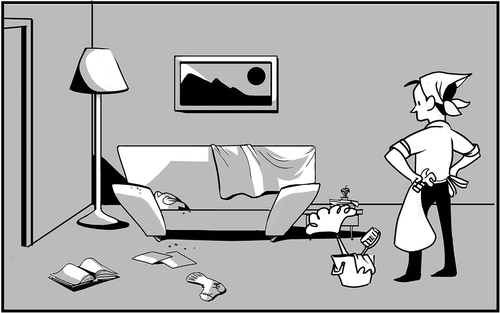
Figure 2. Normal homeostatic cleaning/autophagy helps maintain the room/cell in an optimally functioning capacity.

Various types of stress such as hypoxia, nutrient depletion (or for the house analogy, a wild party) can increase the disarray and lead to a bigger problem (such as a larger mess) that needs to be handled (); upon encountering this problem, the cell may decide there is a need to upregulate autophagy (put more effort into cleaning). One concern is that there can be too much autophagy—although not enough autophagy (cleaning) is not good, too much autophagy (or excessive cleaning) can result in its own set of problems (), such that the cell dies (or the room loses functionality, as might happen if all of the furniture was removed during the cleaning and not returned). Clearly, this outcome needs to be avoided, which is where regulation comes into play. That is, regulation needs to be done in such a way that the level of autophagy is appropriate for the existing needs of the cell, rather than being completely on at maximum capacity or completely shut off. Autophagy needs to be tightly controlled so that 1) the magnitude of the autophagic response matches that of the existing problem (the cleaner uses the appropriate number and size of recycling bags); and 2) autophagy can be returned to its basal level before the cell reaches a point of no return from excessive self-eating, leading to cell death (the cleaner throws out items that should have been kept in the house).
Figure 3. A bigger mess in the room/cell necessitates a more robust response. What happens when the problem is more severe? Some types of stress/events can create a greater mess, leading to an increased sense of urgency with regard to the need for cleaning.
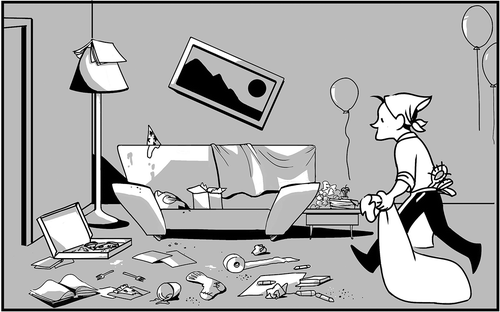
Figure 4. Cleaning/autophagy is good, but this activity needs to be regulated. Clearly, the cleaning can go overboard. Yes, this room/cell is now clean, but it is also not very functional. The cleaning process/autophagy has taken place at a level that is actually detrimental—there was too much cleaning. The point is that the cleaner/autophagy needs to be kept in check; too much or too little of this process can be a problem, so we need some type of regulation.
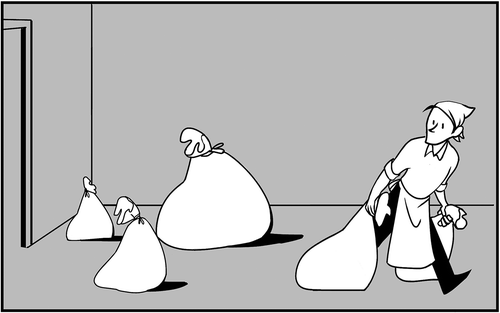
Considering the morphological aspects of autophagy—the formation of the phagophore (the initial sequestering compartment), and its expansion and maturation into an autophagosome (the closed phagophore that subsequently fuses with a lysosome/vacuole to deliver the contents for breakdown and recycling)—what are the most fundamental ways for regulating this process? That would be by controlling the number and/or size of the phagophores (equivalent to the open garbage and recycling bags), and hence the autophagosomes (the sealed bag that is ready for delivery to the recycling station). In other words, one approach toward increasing autophagic capacity would be to involve a greater number of phagophores/bags (), whereas an alternative would be to utilize a larger phagophore/bag (). An increase in either the number or size of the sequestering compartments (recycling bags) would result in an increase in autophagic (cleaning) activity. The cell can modulate both parameters by regulating the expression of particular autophagy-related genes [Citation2,Citation3].
Figure 5. Controlling the number of autophagosomes. If we consider the bigger mess of , how can the cleaner/autophagy deal with it? One fundamental way is to utilize more phagophores and autophagosomes (garbage/recycling bags).
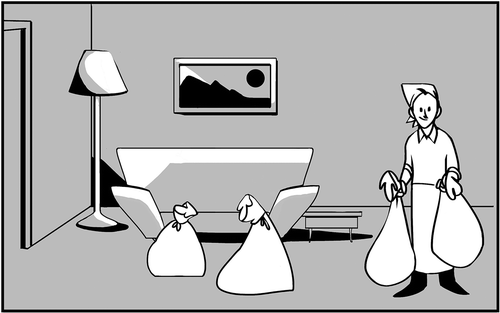
Figure 6. Regulation of autophagosome size. A second way to handle the big mess would be to use a larger phagophore (recycling bag).
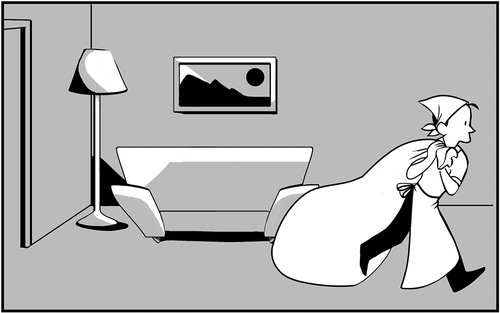
Although not specifically depicted in the cartoons that accompany this article, there are additional aspects of regulation that need to be considered in the cell (and also in the house). Autophagy can be nonselective, but there are also selective types of autophagy that can recognize particular components of the cell such as damaged or excess organelles [Citation4]. Thus, the cell can target its cleaning efforts where they are most needed (obviously, the same applies to a house—cleaning can be random, but it is most effective if the effort is directed to areas that have a greater need, and also if the cleaner avoids removing items that are meant to be retained).
Finally, I would like to stress that autophagy is not only involved in degradation, but also in recycling [Citation5]. The final stage of autophagy requires release of the breakdown products back into the cytosol for reuse (). In other words, as one of my students put it, ‘Autophagy is not just about taking the trash out, but putting it in an instant recycling contraption and bringing home the recycled material. For example, you take out three-day-old chicken curry for “autophaging” and come back with a protein shake!’ Now, that’s pretty neat.
Figure 7. Autophagy is a process of degradation and recycling. The breakdown products generated within the lysosome or vacuole are released back into the cytosol and reused, rather than simply being discarded. This figure was modified by Daniel J. Klionsky from a version generated by Elise N. Griswold.

Acknowledgment
DJK appreciates constructive comments from Damián Gatica, Vikramjit Lahiri, J. Frank Li, Clarence Pascual, Xin Wen, Ying Yang and Zhangyuan Yin and Drs. Aileen Ariosa, Elizabeth Delorme-Axford, Yuchen Feng, Xu Liu, Hana Popelka and Zhiyuan Yao.
Disclosure statement
No potential conflict of interest was reported by the author.
Additional information
Funding
References
- Klionsky DJ. Why do we need autophagy? A cartoon depiction. Autophagy. 2018;14:739–742. PubMed PMID: 29782213; PubMed Central PMCID: PMC6070004. eng.
- Xie Z, Nair U, Klionsky DJ. Atg8 controls phagophore expansion during autophagosome formation. Mol Biol Cell. 2008 Aug;19(8):3290–3298. PubMed PMID: 18508918; PubMed Central PMCID: PMC2488302. eng.
- Jin M, He D, Backues SK, et al. Transcriptional regulation by Pho23 modulates the frequency of autophagosome formation. Curr Biol. 2014;24:1314–1322. PubMed PMID: 24881874; PubMed Central PMCID: PMC4169046. eng.
- Gatica D, Lahiri V, Klionsky DJ. Cargo recognition and degradation by selective autophagy. Nat Cell Biol. 2018;20:233–242. PubMed PMID: 29476151; PubMed Central PMCID: 6028034. eng.
- Yang Z, Huang J, Geng J, et al. Atg22 recycles amino acids to link the degradative and recycling functions of autophagy [Research Support, N.I.H., Extramural]. Mol Biol Cell. 2006 Dec;17(12):5094–5104. PubMed PMID: 17021250; PubMed Central PMCID: PMC1679675. eng.
